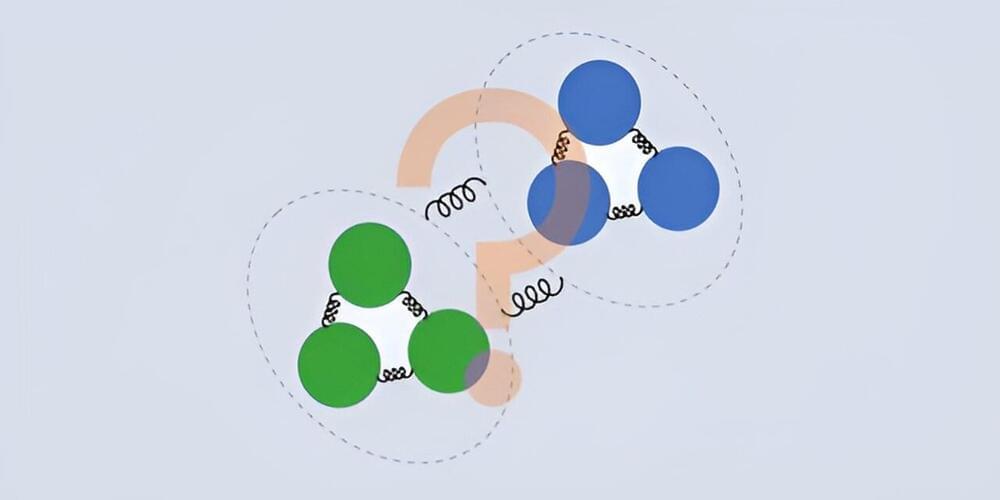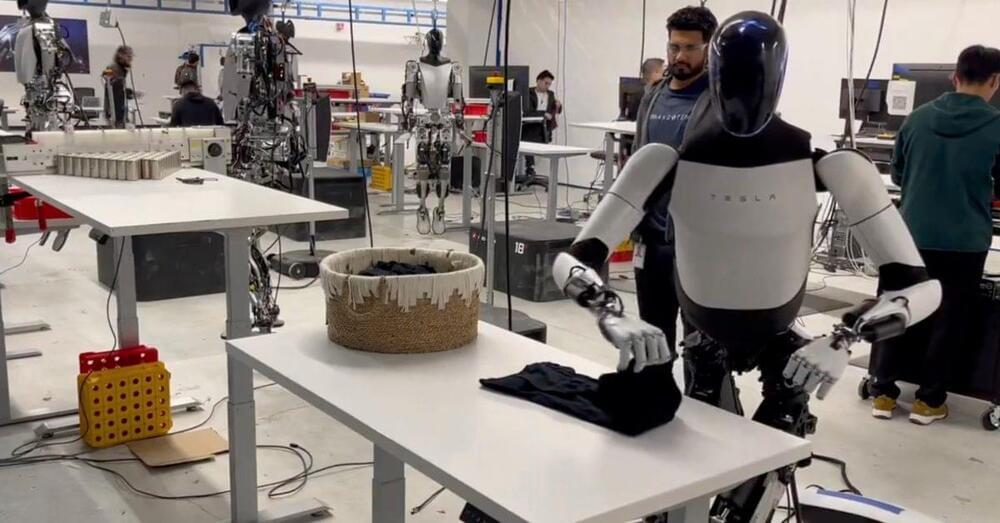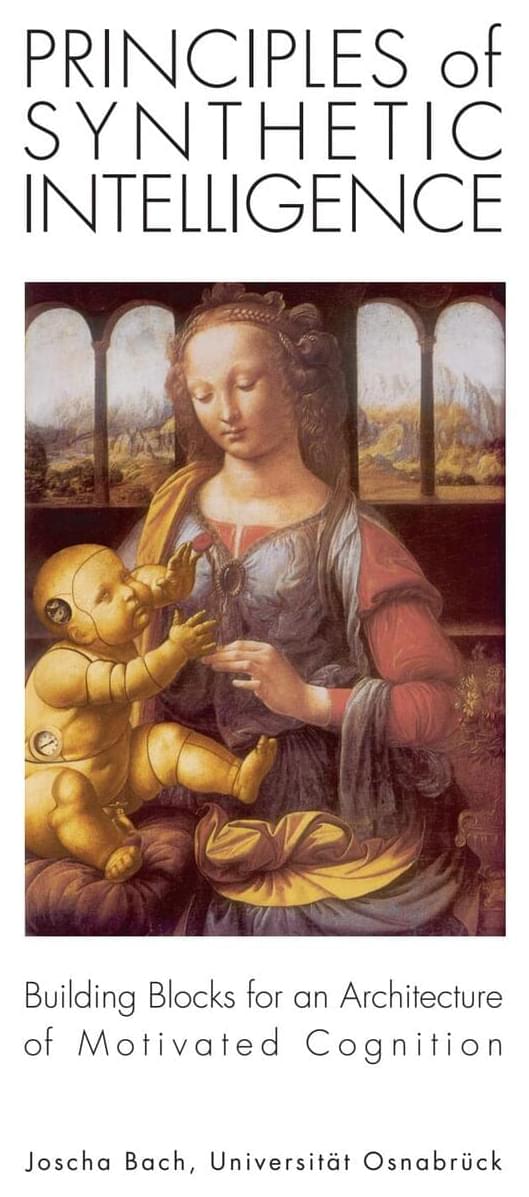After months of leaks, OpenAI has apparently fired two researchers who are said to be linked to company secrets going public.
As The Information reports based on insider knowledge, the firm has fired researchers Leopold Aschenbrenner — said to be a close ally of embattled cofounder Ilya Sutskever — and Pavel Izmailov.
Both men had worked on OpenAI’s safety team, per the report, though most recently, Aschenbrenner had been working on its so-called “superalignment” efforts while Izmailov was tasked with researching AI reasoning. We’ve reached out to OpenAI and Microsoft, its major investor, for further context.





